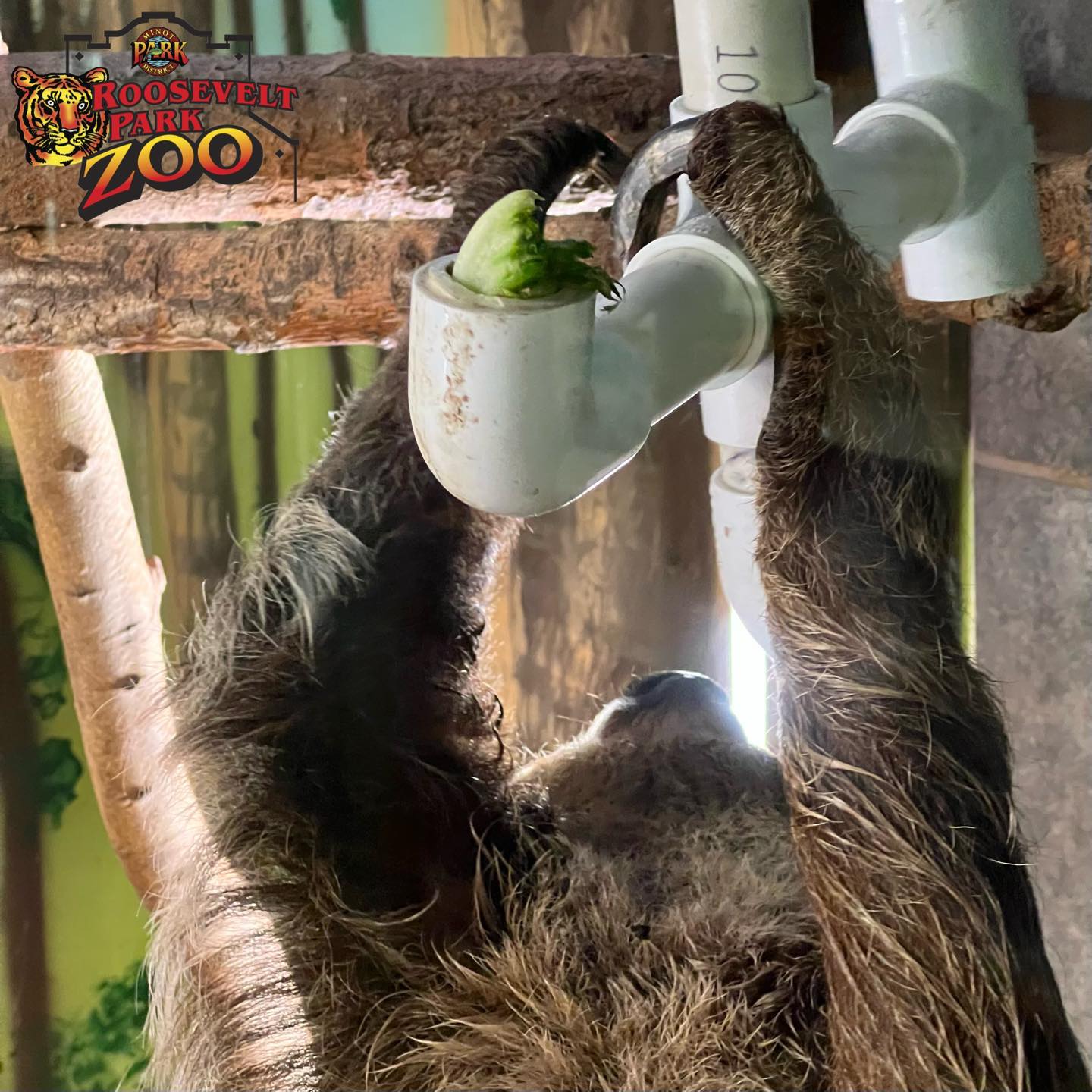Summary:
1. Homemade enrichment puzzles: What are they, and why are they important?
2. The benefits of homemade enrichment puzzles for animals in zoos.
3. How to make your homemade enrichment puzzles.
4. Inspiring stories of animals benefiting from homemade enrichment puzzles.
5. Tips for using homemade enrichment puzzles effectively.
Homemade enrichment puzzles: What are they, and why are they important?
Who doesn’t love a good puzzle? For us humans, solving puzzles can be both entertaining and mentally stimulating. But did you know that zoo animals can also benefit greatly from puzzles? Homemade enrichment puzzles are a creative and engaging way to provide mental stimulation and entertainment to the animals in zoo environments. This article will explore the unique and fascinating aspects of homemade enrichment puzzles, their benefits for animals, how to make your own, inspiring stories of animals benefiting from them, and tips for effectively using these puzzles.
The benefits of homemade enrichment puzzles for animals in zoos.
Animals in zoos often face challenges they would not encounter in the wild. One of the main challenges is the lack of opportunities for mental stimulation and physical exercise. This can lead to boredom and even behavioral issues. Homemade enrichment puzzles can help alleviate these challenges by providing animals with stimulating activities that mimic natural foraging behaviors.
One of the primary benefits of homemade enrichment puzzles is that they encourage animals to use their instincts and problem-solving abilities. By presenting them with a challenging puzzle, animals can engage their minds, keeping them mentally sharp and active. This reduces boredom and helps prevent the development of behavioral issues that can arise from a lack of mental stimulation.
Additionally, homemade enrichment puzzles serve as a form of exercise for animals. Many of these puzzles require physical activity and manipulation, which can help keep animals physically fit and healthy. This is particularly important for species that require a lot of mental and physical stimulation to thrive.
How to make your homemade enrichment puzzles.
The great thing about homemade enrichment puzzles is that they can be made using simple and readily available materials. Here are a few ideas to get you started:
1. Puzzle feeders: Create a puzzle feeder by drilling holes into a PVC pipe and placing food treats inside. The animals must figure out how to get the treats by pushing or rolling the pipe.
2. Hidden surprises: Hide treats or toys inside boxes or paper bags and let the animals search for them. You can make the activity even more challenging by using different sizes of boxes or bags and varying the hiding spots.
3. Frozen treats: Fill a container with water and a mixture of fruits, vegetables, or even meat, and freeze it. Once frozen, give the block to the animals and watch them manipulate it to get to the tasty treats inside.
Remember, safety is always a priority when creating homemade enrichment puzzles. Avoid using materials that could be ingested or cause harm to the animals. It’s also important to consider the specific needs and behaviors of the animals you create the puzzles for.
Inspiring stories of animals benefiting from homemade enrichment puzzles.
The impact of homemade enrichment puzzles on animals in zoos is truly remarkable. Animals that were once lethargic and disinterested have been known to exhibit increased activity levels and curiosity when presented with these puzzles.
Take the case of Moka, a sloth at our local zoo. Moka used to spend most of his days lounging around, seemingly uninterested in his surroundings. However, everything changed when his keepers started introducing homemade enrichment puzzles into his daily routine. Moka became more active and engaged, eagerly solving each puzzle for hidden treats. The puzzles gave him the mental and physical stimulation he needed to thrive.
Tips for using homemade enrichment puzzles effectively.
While homemade enrichment puzzles can be a fantastic tool for enhancing the lives of animals in zoos, it’s essential to use them effectively. Here are a few tips to ensure maximum benefit:
1. Variety is key: Keep animals stimulated by regularly introducing new puzzles and varying the types of enrichment provided. This will prevent them from becoming bored or disinterested.
2. Observe and adjust: How the animals engage with the puzzles and adjust accordingly. Some may require simpler puzzles initially, while others may quickly master more complex ones.
3. Collaborate with experts: Seek guidance from professionals in the field, such as zookeepers or animal behaviorists, to ensure that the puzzles you create are safe, appropriate, and tailored to the specific needs of the animals.
In conclusion, homemade enrichment puzzles are an invaluable tool in ensuring the well-being and happiness of animals in zoo environments. By providing mental stimulation and physical exercise, these puzzles contribute to a more fulfilling and enriching animal life. So why not try creating your homemade enrichment puzzles and witness their transformative power on our furry friends? Remember, a little bit of creativity and effort can go a long way in positively impacting the lives of animals.
*****
Source Description
Homemade enrichment puzzle. 🩷🦥 Open 9-8 daily.

